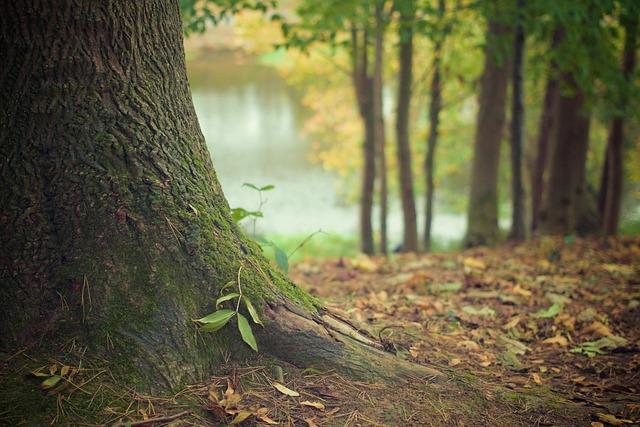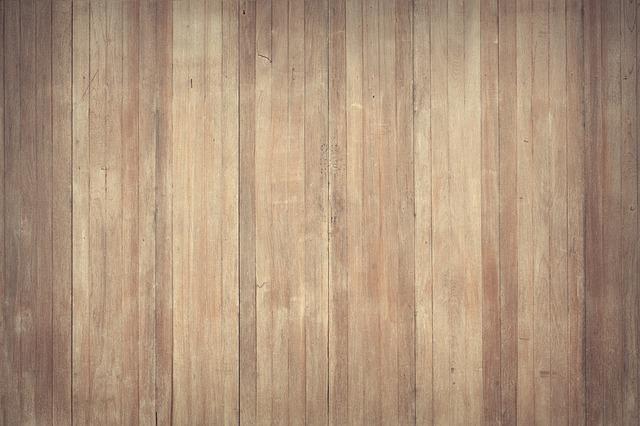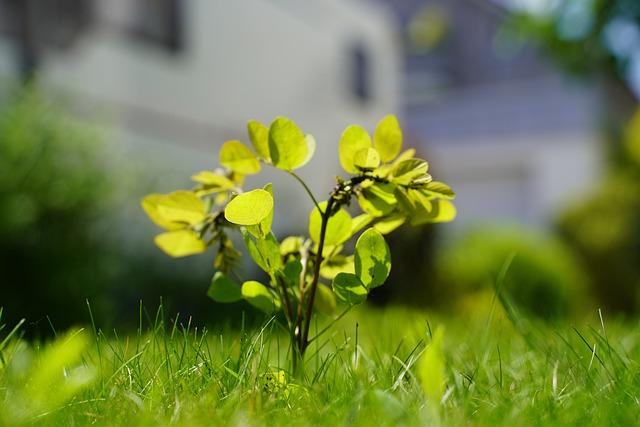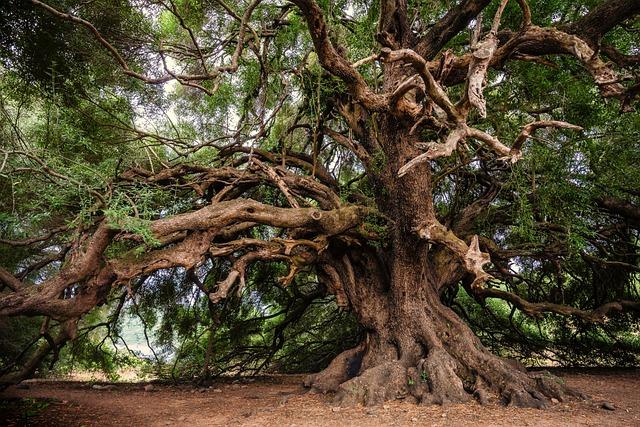- Introduction
- Characteristics of Hickory Trees
- Uses of Hickory: From Wood to Edible Nuts
- Types of Hickory Trees
- Growing and Caring for Hickory Trees
- Conclusion
- FAQs
- References
Introduction
The hickory tree, belonging to the Carya genus, is a symbol of sturdiness and productivity in North America. It is valued both for its strong wood and for the edible nuts that some species produce. In this article, we will explore various aspects of the hickory tree, including its characteristics, practical uses, different types, and how to grow and care for hickory trees. Whether you're a woodworker, a nature enthusiast, or a gardener, the hickory tree offers a range of benefits worth understanding.
In the following sections, you'll discover the rich history of hickory, why it’s vital in multiple industries, as well as practical tips on planting and maintaining these keystones of our natural landscape.
Characteristics of Hickory Trees

(Image: Pixabay/@DaveMeier)
Hickory trees are known for several distinguishing features that set them apart in the plant world. These trees can grow to impressive heights, often reaching between 60 to 120 feet. They have graceful, oval-shaped crowns and boast smooth bark when young, which eventually cracks into vertical grooves with age, providing a weathered appearance. Variations abound between different species, with some having shaggier bark than others.
The leaves are large, compound, and alternate, typically divided into 5 to 15 leaflets. In most cases, the foliage turns a beautiful golden-yellow in autumn, lending vibrant color to the landscape. The male and female flowers grow separately on the same plant, with the males appearing in catkins and females developing into nuts.
The fruits that certain species bear—known as hickory nuts—are encased in a hard shell, which makes them more resilient to pests but also difficult to harvest without proper tools. Many types of wildlife, including squirrels and birds, rely on hickory nuts as a food source.
Uses of Hickory: From Wood to Edible Nuts

(Image: Pixabay/@Pexels)
Hickory trees are incredibly versatile and have been used by humans for a multitude of purposes throughout history. In woodworking, hickory’s toughness and resilience make it ideal for products that need to withstand wear and tear. It is commonly found in tool handles, furniture, and even baseball bats. The high shock resistance of hickory wood is unmatched, which contributes to its widespread use in numerous industries.
Beyond wood, hickory nuts are another valuable resource. Certain species of hickory produce edible nuts such as shagbark and shellbark varieties. These nuts are rich in calories and have a slightly sweet flavor, making them a traditional snack as well as a key ingredient in baking recipes.
In addition to woodworking and nutrition, hickory serves a role in smoking meats. Hickory wood chips are widely used to add a robust, smoky flavor to barbecue and smoked foods. This makes it a staple in Southern cuisine, especially in dishes involving pork and poultry.
Types of Hickory Trees

(Image: Pixabay/@CatsWithGlasses)
The Carya genus consists of 18 species, 12 of which are native to North America. Some hickory trees primarily produce nuts, while others are cultivated mainly for their wood. The most well-known hickory species include:
Shagbark Hickory (Carya ovata): This type is prized for both its delicious nuts and strong wood. Its name comes from the exfoliating bark that peels off in long strips.
Shellbark Hickory (Carya laciniosa): Similar to Shagbark, Shellbark produces large edible nuts and has coarser, thicker bark. It is also known for having larger leaves than those of other species.
Pecan (Carya illinoinensis): Though technically a hickory, the pecan tree stands out for its thin-shelled, buttery nuts. Pecans are grown extensively for commercial nut production.
Mockernut Hickory (Carya tomentosa): This species has a hard shell, and although its nuts are edible, they are smaller and less palatable than other varieties. However, the wood is still in considerable demand.
Growing and Caring for Hickory Trees

(Image: Pixabay/@Photography_by_Sebbi)
If you're looking to grow your own hickory tree, patience is key. Hickory trees are slow-growing but can live for hundreds of years. Before planting, it's essential to choose an appropriate location because hickories develop deep roots that can interfere with underground structures if planted too close to buildings.
Hickory trees prefer well-drained soil and thrive in full sun to partial shade. Plant new saplings in early spring for the best results. Watering should be consistent during the first few years of growth, but mature trees are drought-tolerant and require little maintenance after becoming established.
To help your hickory tree grow, pruning annuals like dead or diseased branches is important. Additionally, applying mulch around the base of the tree can protect the roots and encourage healthy growth. Keep in mind that hickory trees don’t produce nuts until they are at least a decade old, so patience is necessary for gardeners hoping for a nut harvest.
Conclusion
The hickory tree is much more than just a towering figure in the forest. Its versatility, ranging from robust hardwood to nutrition-packed nuts, makes it a precious natural resource. By understanding its unique features, the various types available, and the best practices for growing this noble tree, you can fully appreciate all it has to offer. Whether you're looking to bring hickory wood into your next project or plant a hickory sapling in your yard, there are numerous ways to engage with this remarkable tree.
FAQs
What is the lifespan of a hickory tree?
Hickory trees have an exceptionally long lifespan and can live anywhere from 200 to 300 years under optimal conditions.
Which hickory species has the best nuts?
The Shagbark and Shellbark hickories are renowned for producing the best-tasting nuts, often described as slightly sweet and buttery.
Is hickory wood good for furniture?
Yes! Hickory wood is highly valued in furniture making due to its incredible durability and shock resistance. It's a popular choice for crafting tables, chairs, and cabinets.
Do hickory trees require a lot of maintenance?
While hickory trees do require regular watering when they are young, they generally don't need much care once established. Occasional pruning of damaged branches and yearly mulching will help maintain their health.
Can I grow a hickory tree in a small yard?
You might need to reconsider. Hickory trees grow quite large, with extensive root systems. They are best suited for spacious areas away from buildings and underground utilities.

